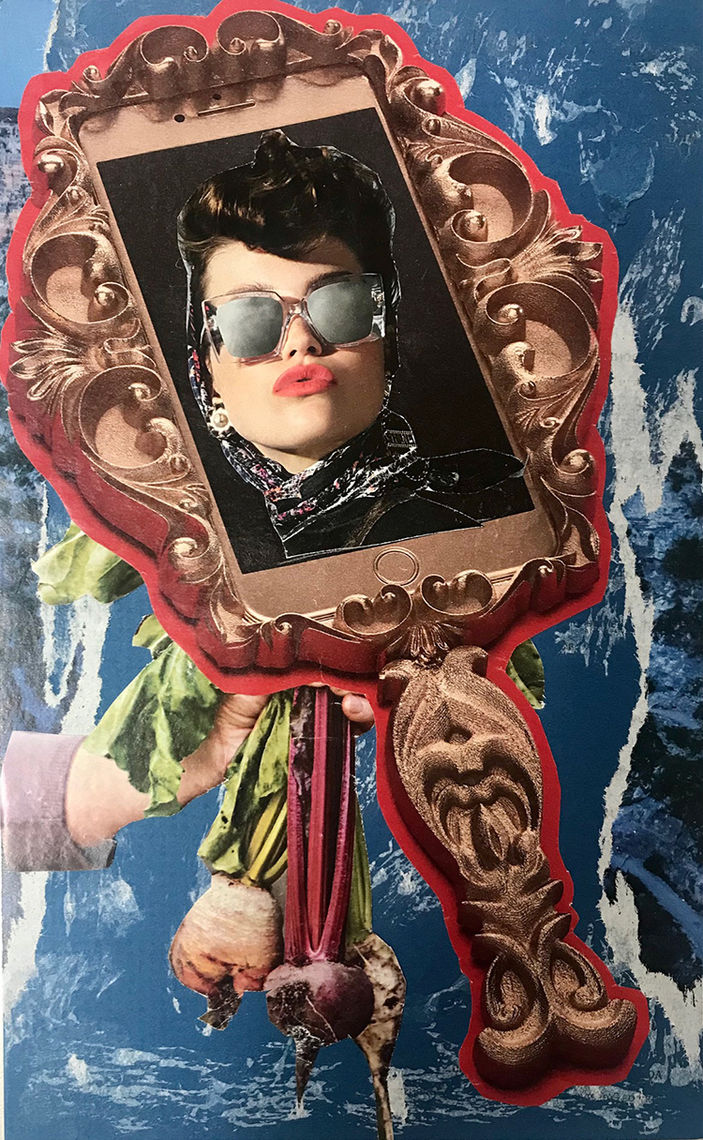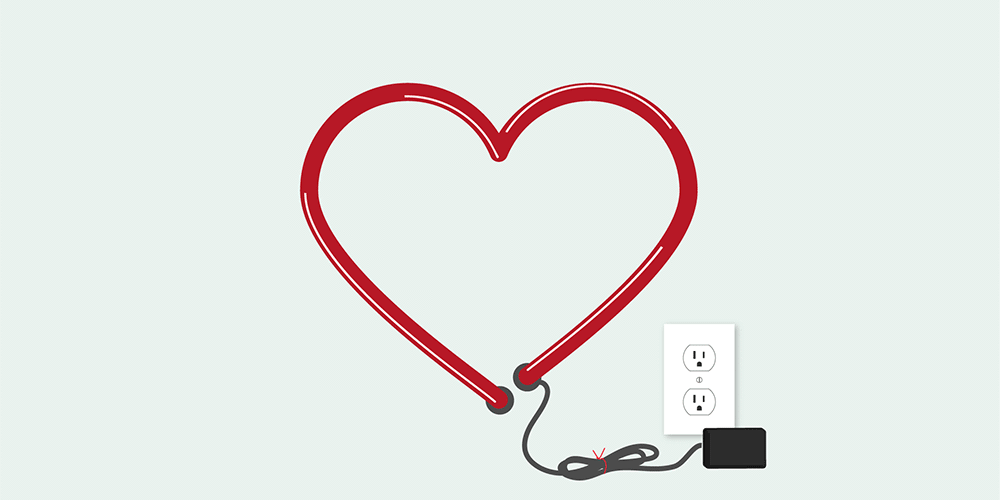nurse I work with tells me she is exhausted. She just experienced two deaths within two days, and though this is not uncommon, it seems to have hit her harder this time. She says she has been coming home spent with no energy left for any of the activities she usually enjoys. She doesn’t know why and is frustrated with herself. This is not her.
Together, we reflect on how she might have gotten here, what she has been through this past year: all the changes, fears and worries, dealing with Covid-19, racial micro-aggressions and trauma, perpetual staff shortage, heavy workload.
She sighs and settles.
The problem with giving 110%
Her reservoir is low, not unlike others. We talk about maintaining her levels, replenishing. We discuss the idea of rationing her resources accordingly to prevent drying out completely. She says that she is used to giving everything 110%, that’s how she was raised. We explore the reality of that—giving everything 110%, especially in these times, when reserves are already depleted. If she doesn’t give 110% or 100%, is she giving nothing?
Our cultural messaging says yes. And when we’re stressed, it is also hard to see the many possibilities between 0-100%. It won’t be easy, but what if she gave herself permission to give 20% less in selected areas where there are no risks of harm? Giving herself some options to modulate and manage her resources, remembering herself in the midst of caring for others, allows her to cooperate with the reality of her humanness rather than fuel the illusion that she is a superhero.
She came back to our next appointment reporting that she tried it—just turning it down a notch where she could—reducing time and energy spent on less important tasks by 20% while still providing quality patient care. She scheduled time to go outside, to take some deep breaths, to just eat. She felt some relief. And she had some energy after work.
She shifted her target from unobtainable “perfection” to a stance of effectiveness and completion, and it worked.
Choosing intentionally where to reduce is key to quality
Just as we cannot insist that the tomato plants in our garden produce fruit faster in the face of drought, disease or fire, we cannot demand more from ourselves than we have to give. We, too, are organisms on the planet that are compelled to cooperate with our biological design. It sounds like an underachiever to say give 80%, but choosing intentionally where to reduce time and energy, working with the reality of being human in these challenging times, is perhaps the key to promoting quality care and sustaining ourselves.
And frankly, if we’re feeling burned out, we’re likely giving less than 80% consciously or unconsciously. When we are more purposeful with how we allocate our resources, we minimize the risk of harm and errors.
Ancient Taoist scholars advocated that for best outcome and sustainability, we flow like water, mixing ease and effort into what we do, respecting natural limits of our humanity, working with rather than against reality.
Interestingly, modern studies in positive psychology also discover that when there is a balance between the challenge of our activities and our skills and capabilities, we can enter a flow state, feeling ease, engagement and even enjoyment. Flow is the midpoint between boredom and anxiety.
The key here, however, is checking in and being real with ourselves—where are our skills and capabilities today? Consider not only accepting the limitations of our humanness, but celebrating the gifts of being human.
When we are working in integrity with ourselves and not out of imposed expectations, we tend toward kindness, generosity, and a relaxed presence. This is good for our patients and good for us all.
Here are some examples of where faculty and staff have turned down a notch.
Ask yourself: What can you incorporate?
-
Allow and acknowledge feelings of lack of energy and motivation and commit to doing what you can and asking for help
-
Becoming more intentional with meetings
-
Permission to not answer emails immediately
-
Permission to do one thing at a time
-
Permission as a team to take turns taking a day or multiple days off
-
Reduce time preparing for presentations or class
-
Turning in a good enough draft of an article
-
Scheduling time during a shift to eat in a quieter space or to go outside, even if it’s just 10-15 minutes
-
Planning individually and as a team what is most important and what is less so. If everything is important, then nothing is important.
-
Offer forgiveness that not all patient encounters can be deep and meaningful. What is needed for effective care?
-
Model and share how you’re intentionally modulating your effort and energy usage
-
Consider what "self-care" means to you and prioritize it. Saundra taps into creative expression as a powerful form of self-care (image below).

Mirror Mirror by Saundra Shanti (photo of collage, 5" x 7")
As a caregiver, I feel good about offering empathy and compassion to patients and families. I have learned, however, that I need to include myself in the compassion I offer. Even as I give, I need to receive. I need to turn the mirror on myself and remember that I am also a valuable human deserving of care. The root vegetables in the image remind me that I am not a superhuman machine, but I am of the earth. Staying grounded in metaphorical “humus,” the dirt that has lots of nutrients, keeps me healthy too.
Originally published September 27, 2021
Trinh Mai
Saundra Shanti
For the past six years, mindfulness, professional well-being, equity and inclusion expert Trinh Mai has served as a contributor and core member of Accelerate’s editorial team. Now, as she charts a new path, we reflect with profound gratitude on everything she has taught us.
The Resiliency Center's Jean Whitlock and Megan Call provide a step-by-step guide for infusing frequent and efficient storytelling into your workday.
We have personal protective equipment (PPE) for our body–but what about our mind? Huntsman Cancer Institute nurse manager Cassidy Kotobalavu has lead training on the concept of emotional contagion–how good (and bad) emotions spread. Here are Cassidy’s expert tips (with slides) on managing emotional contagion in health care.
